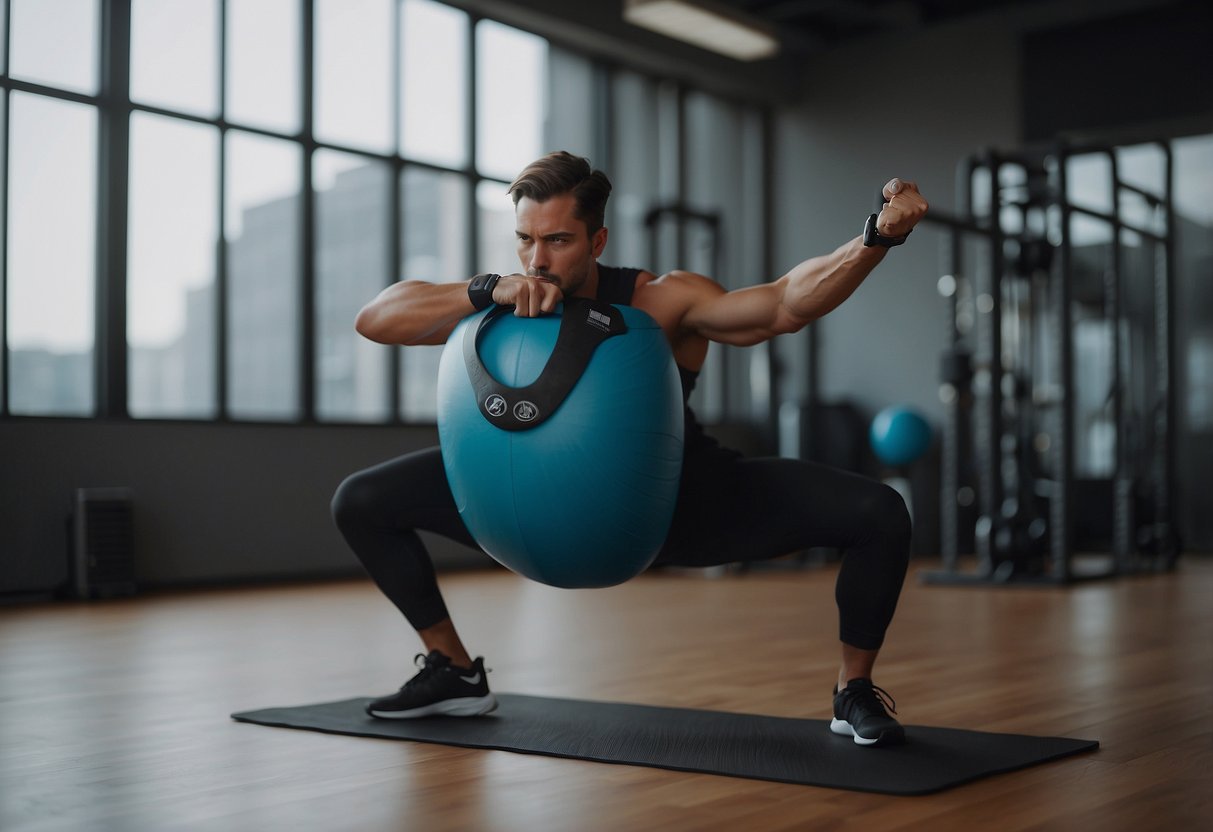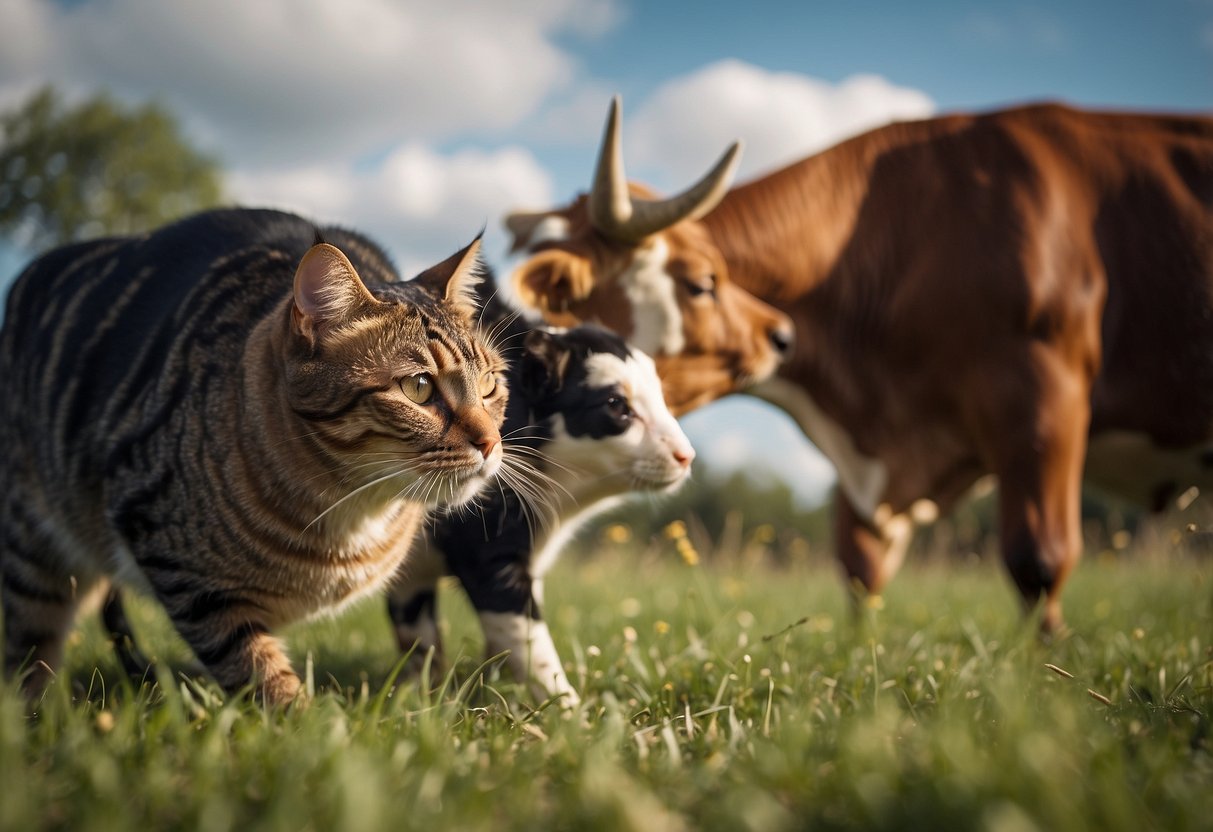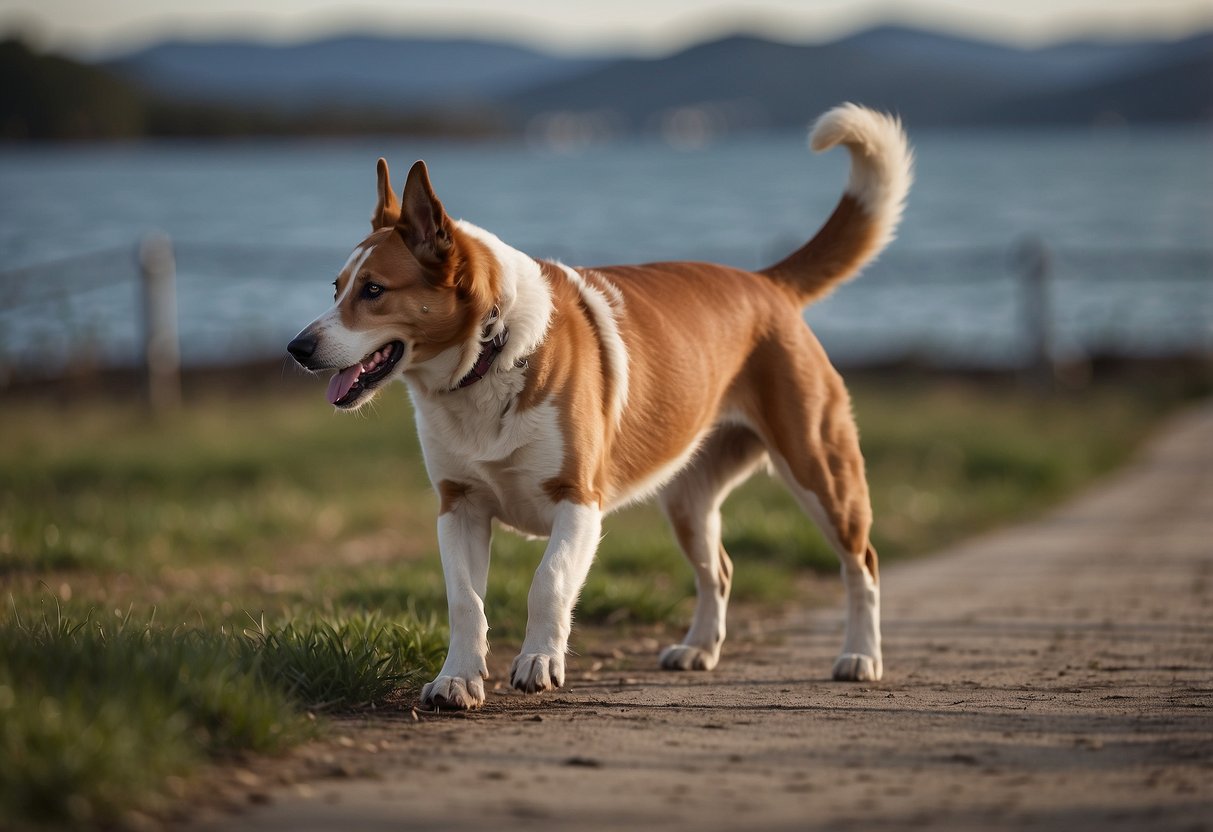
4. World’s Greatest Stretch
The “World’s Greatest Stretch” is a comprehensive mobility exercise. It targets multiple muscle groups, including the hips, hamstrings, shoulders, and back. This stretch enhances flexibility and helps prevent injuries.
To perform the stretch, start in a standing position. Step forward with one foot into a deep lunge. Place both hands on the ground inside the forward foot.
Next, rotate the torso toward the forward leg, extending the opposite arm towards the ceiling. Hold this position for a few seconds. Return to the starting position and switch sides.
This stretch improves hip mobility and spine flexibility. It also activates the core and helps open up the chest and shoulders. Including the “World’s Greatest Stretch” in a regular routine can significantly benefit overall mobility and stability.
5. Cat and Cow Movement

The Cat and Cow movement is a fundamental exercise for maintaining spinal health and flexibility. It involves moving the spine through a range of positions to promote mobility.
To perform the Cat and Cow movement, begin on your hands and knees. Make sure your wrists are directly under your shoulders and your knees are under your hips.
Start with a flat, neutral spine. Inhale deeply, arch your back, let your belly drop, and lift your head and tailbone. This is the Cow position.
As you exhale, round your back like a cat stretching, tuck your chin to your chest, and pull your belly button towards your spine. This is the Cat position.
Repeat this sequence, inhaling to move into Cow and exhaling to move into Cat.
Performing Cat and Cow regularly helps to keep the spine flexible and relieve tension in the back. It is suitable for all fitness levels and can be modified if necessary.
Integrating Cat and Cow into your routine can enhance overall spinal mobility, which is essential for injury prevention.
6. Bird Dog Exercise

The Bird Dog exercise is a fundamental movement for enhancing core stability, balance, and coordination. This exercise primarily targets the muscles of the lower back, abdominals, and hips.
To perform the Bird Dog, start on all fours with hands beneath the shoulders and knees under the hips. Extend the right arm forward and the left leg backward simultaneously. Hold this position for a few seconds while maintaining a straight line from hand to foot.
Return to the starting position and repeat the movement with the opposite arm and leg. This alternating pattern ensures even development of the musculature on both sides of the body.
Key aspects include keeping the core engaged throughout the exercise and avoiding excessive arching or rounding of the back. Engaging the core helps in maintaining stability and preventing unnecessary strain on the lower back.
Beginners might find it helpful to perform the exercise in front of a mirror to ensure proper form. Regular practice of the Bird Dog can contribute to better posture and reduced risk of injury, particularly in the lower back area.



